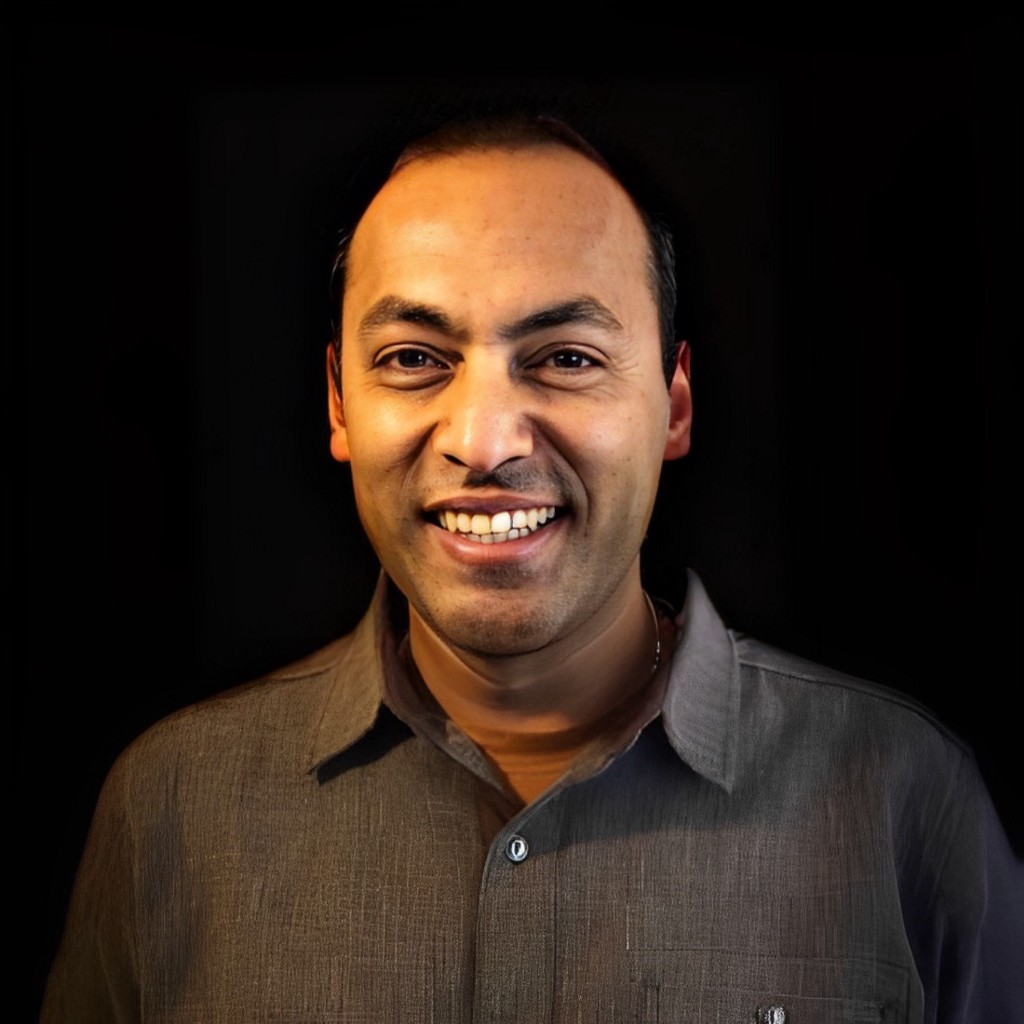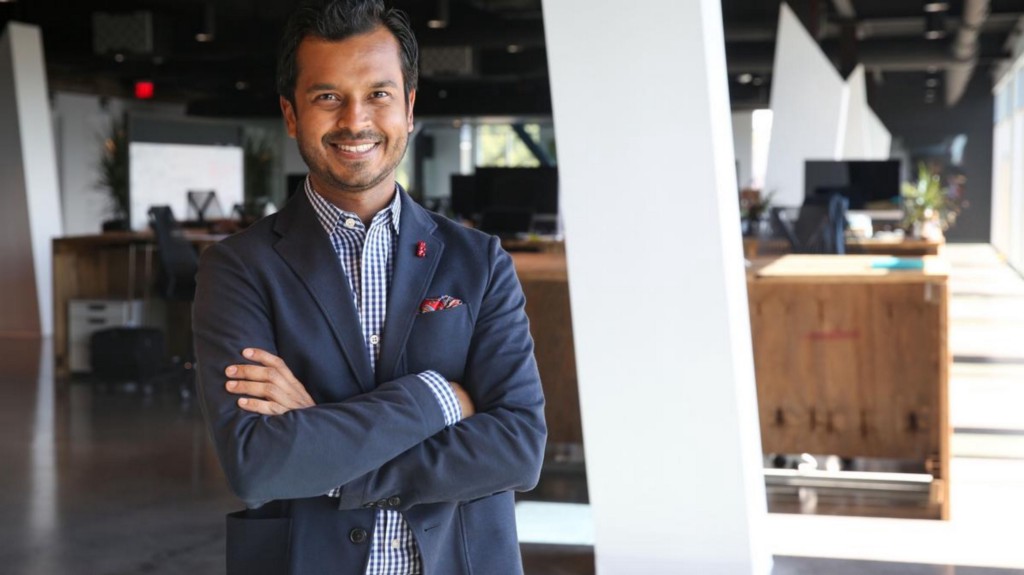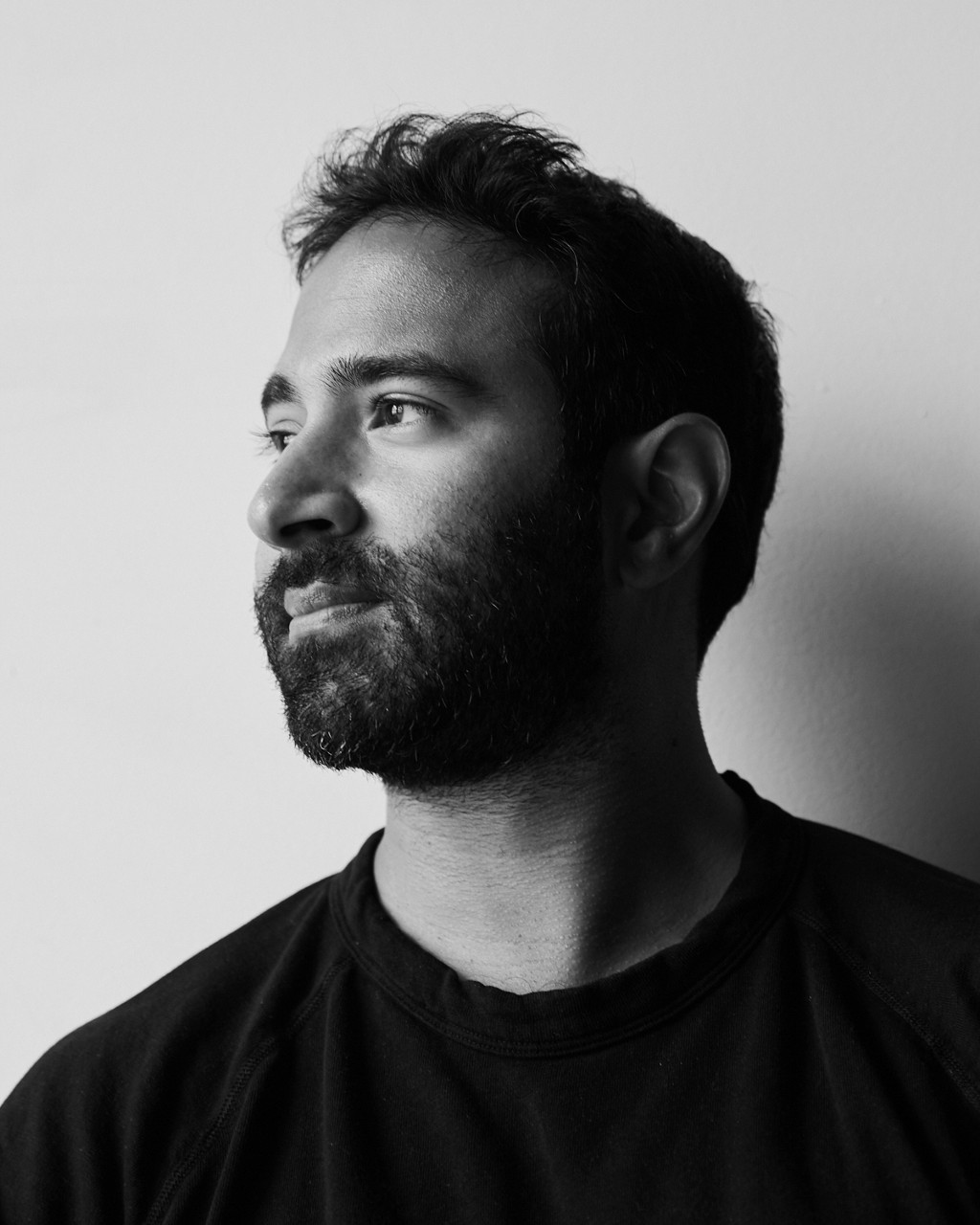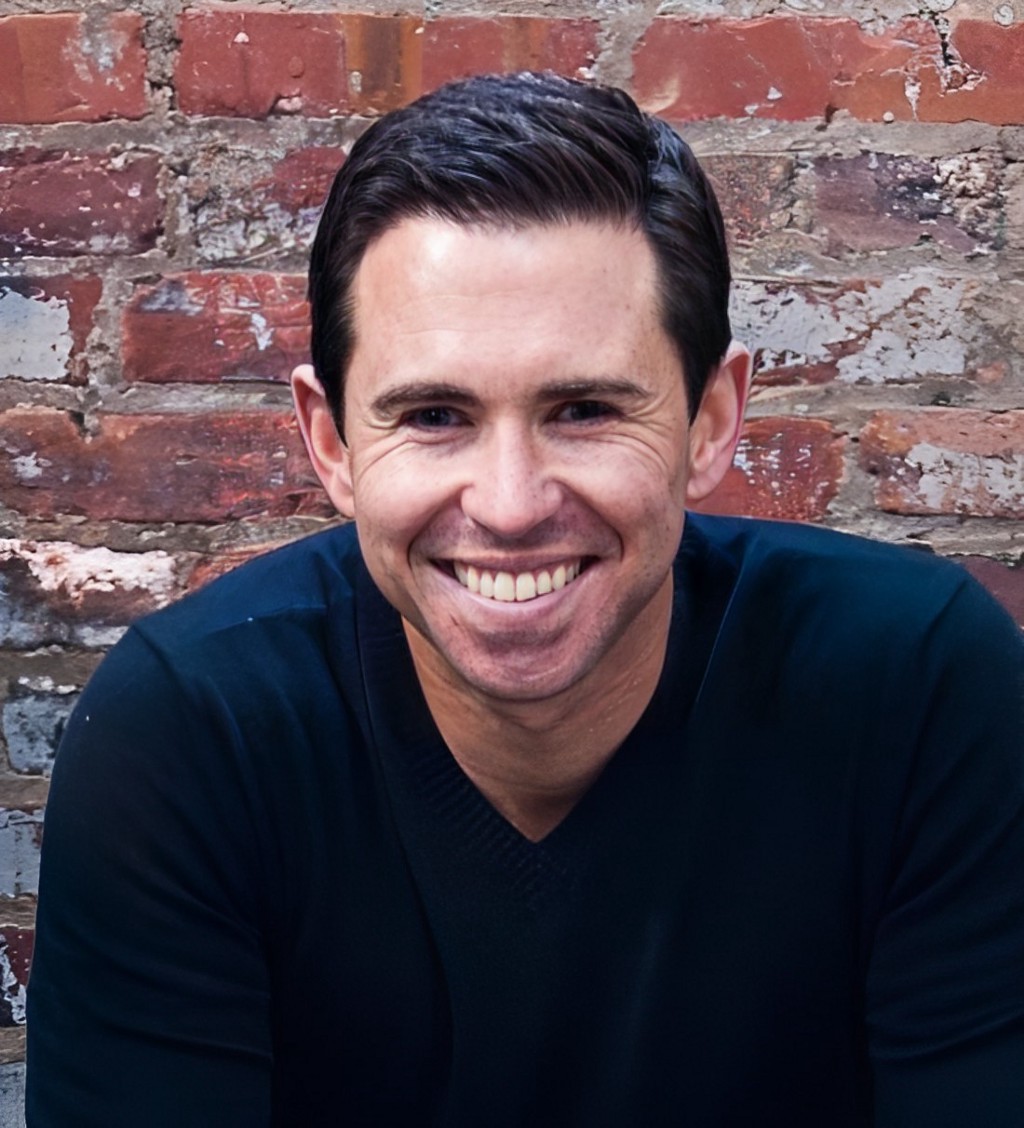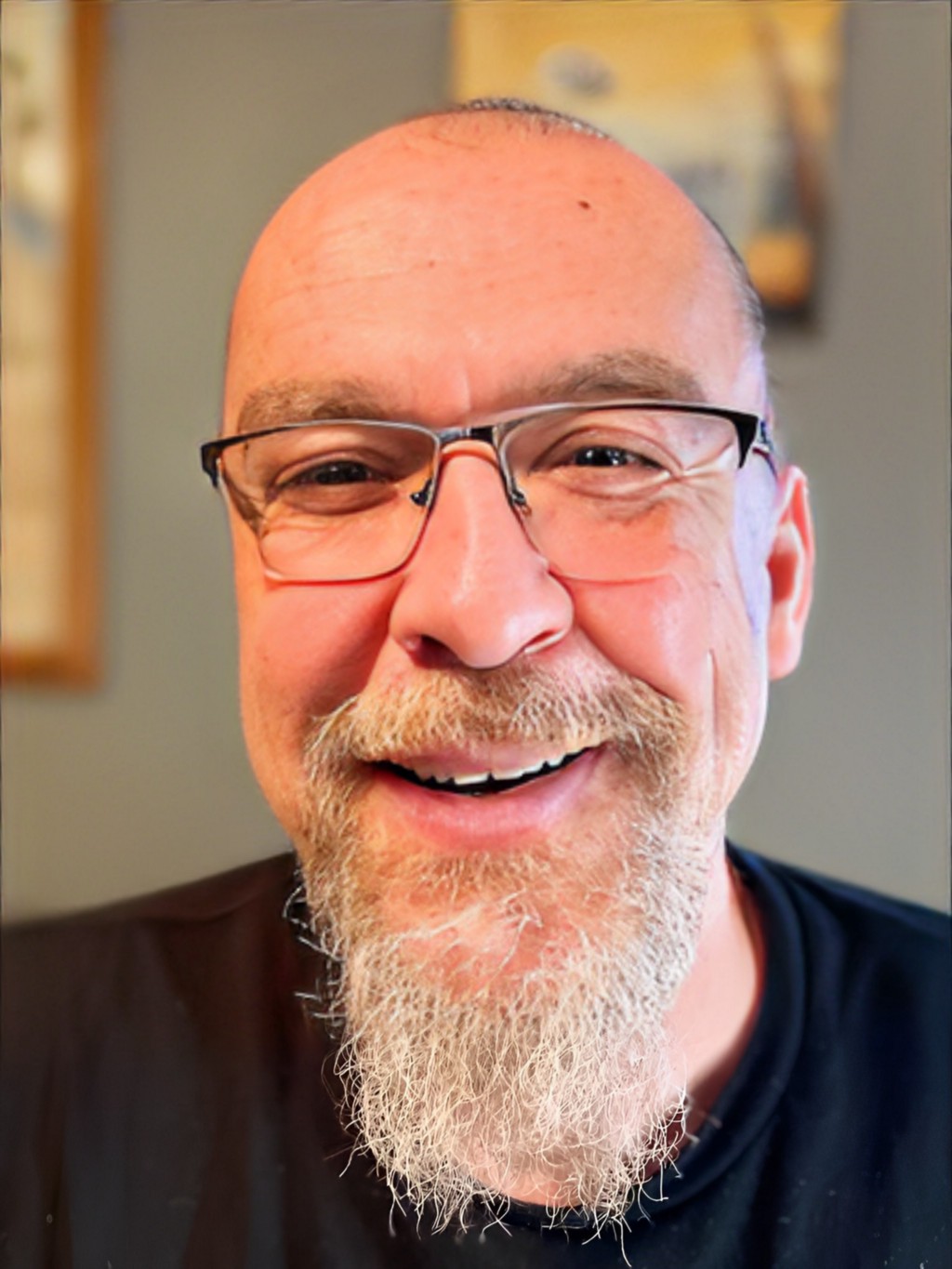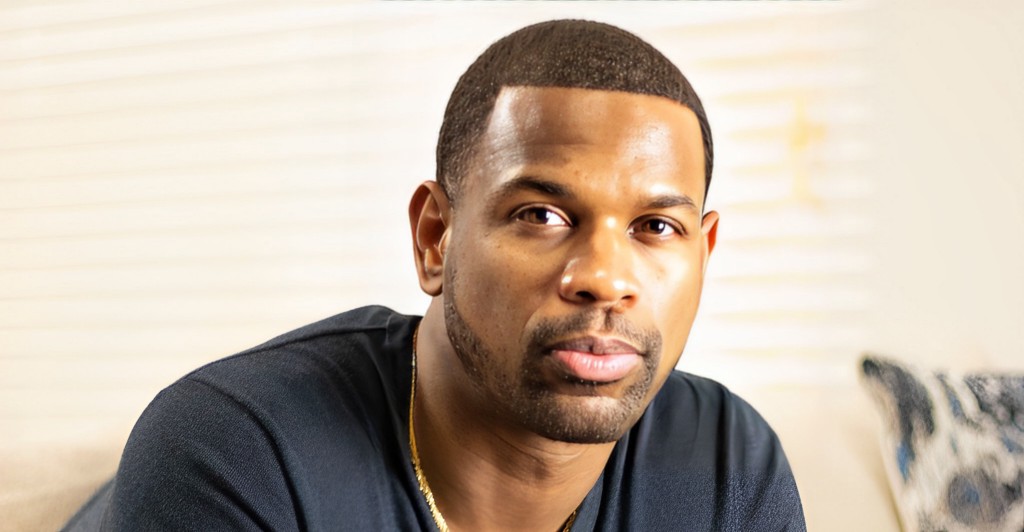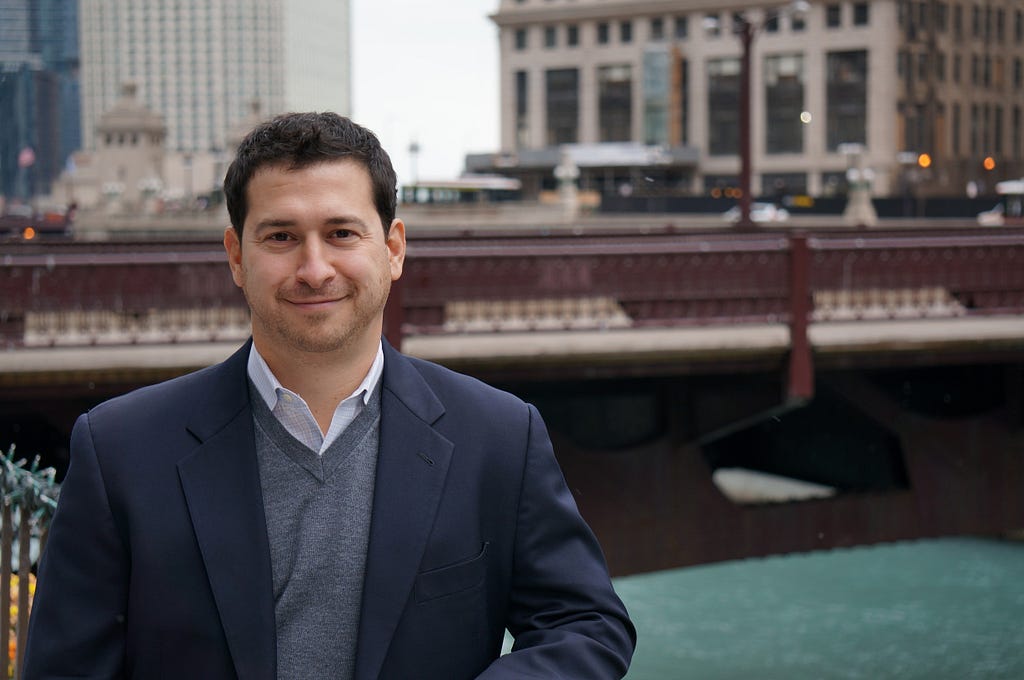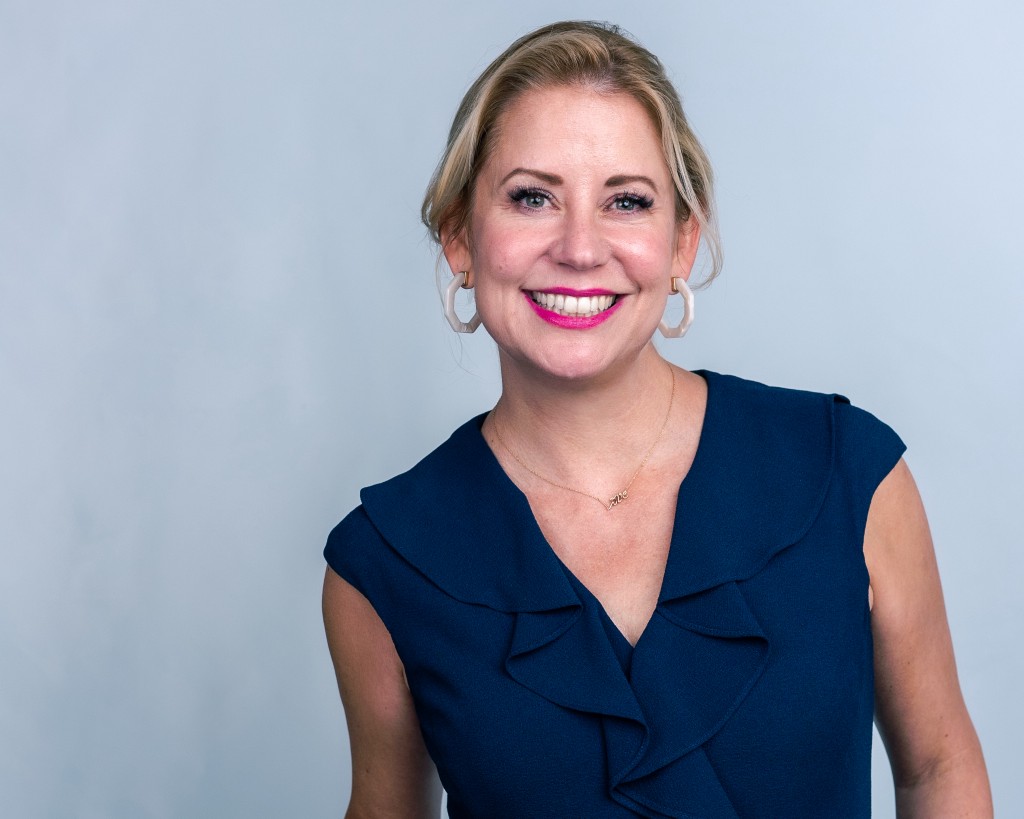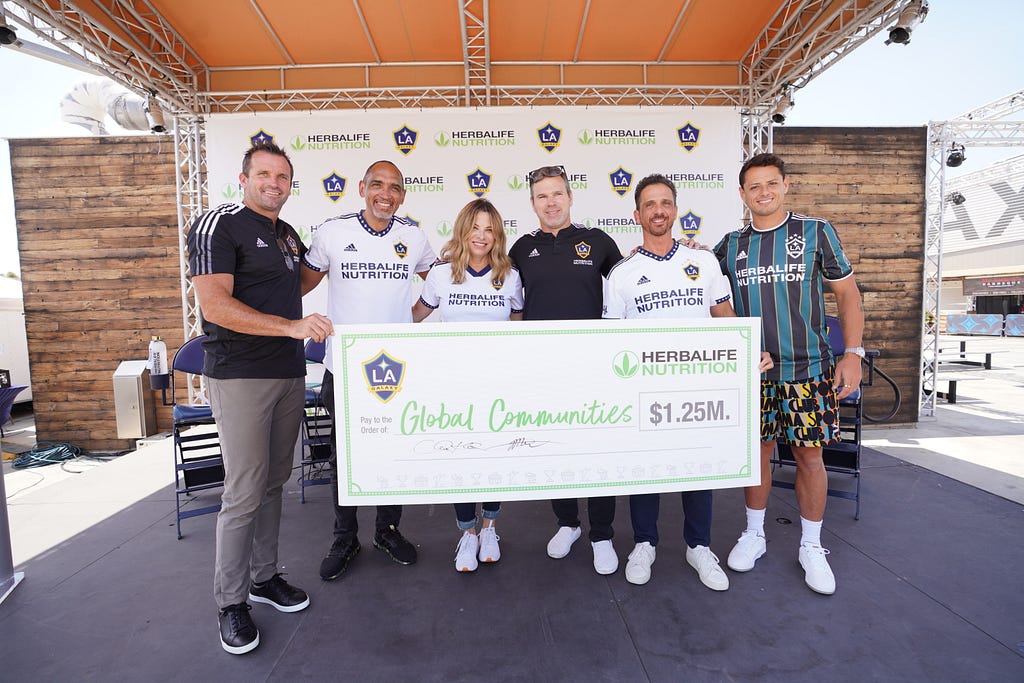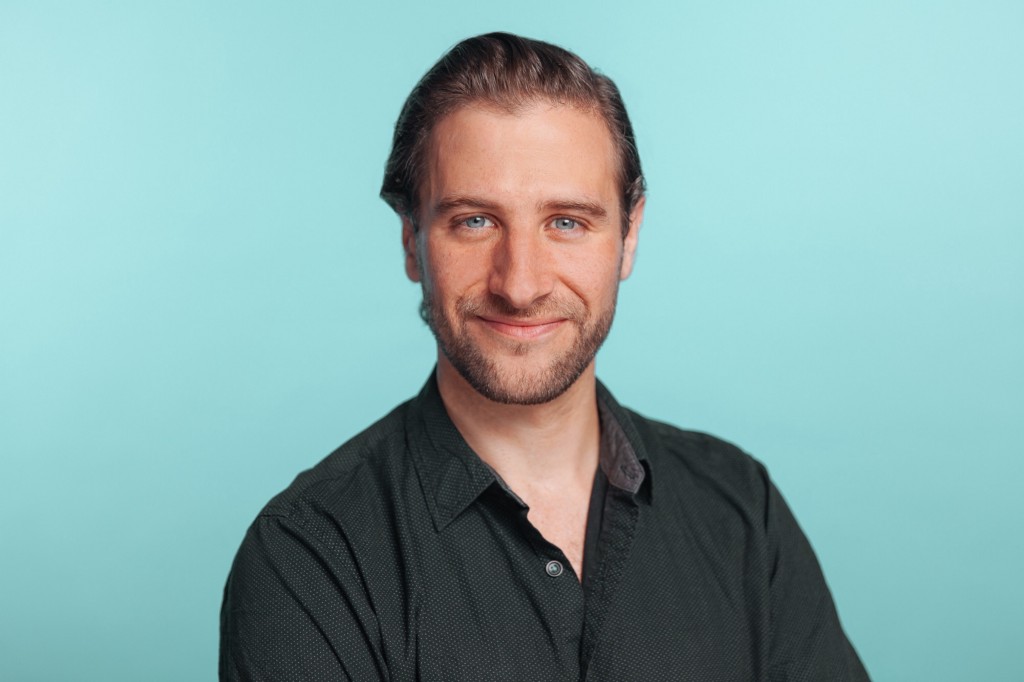The Future Is Now: Kashyap Deorah Of HyperTrack On How Their Technological Innovation Will Shake Up The Tech Scene
An Interview With Fotis Georgiadis
It doesn’t become easier. My fourth startup was the hardest. The market was there, and the product was right. The technology risk was underestimated. We developed the tech architecture right on the third attempt.
As a part of our series about cutting-edge technological breakthroughs, I had the pleasure of interviewing Kashyap Deorah, founder and CEO of HyperTrack.
HyperTrack’s founder and chief executive is fourth-time entrepreneur Kashyap Deorah, who previously sold companies to OpenTable and Future Group. He is also a best-selling author and investor. Kashyap started his first company as a college student at IIT Bombay and sold it to a Silicon Valley firm. Since then, he has operated in the US-India corridor and done business in China, South-East Asia, and Northern Europe. Kashyap has written for leading print and online publications and made keynote presentations at Internet technology and ecommerce conferences. He is the author of 2015’s The Golden Tap — The Inside Story of Hyper-Funded Indian Start-Ups.
Thank you so much for doing this with us! Before we dive in, our readers would love to learn a bit about you. Can you tell us a story about what brought you to this specific career path?
I have been curious about the convergence of physical and digital commerce for over a decade. I sold a mobile commerce startup to a leading physical retailer to become their digital commerce subsidiary. At the time telecom operators and handset makers decided what apps we use on our phones. The invention of iOS and Android changed everything, app developers could now distribute directly to consumers. Soon after, mobile Operating Systems allowed apps to use device location to power local experiences with the user’s permission. This led to the birth of Uber and then Uber-for-X, or the on-demand economy.
The convergence of physical and digital commerce that we had only imagined a few years prior had now revealed itself. Consumers would press a few buttons in a mobile app and the physical world would conspire to bring products and services to them. The world at your fingertips if you will.
This was a powerful metaphor for retail consumption. Startups and incumbents alike wanted in. Except, the technology for location infrastructure spanning mobile, cloud, and map technologies was proprietary to only a few large on-demand apps who invested billions of dollars each. It became my mission to level the playing field and democratize that technology for everyone else.
Can you share the most interesting story that happened to you since you began your career?
I built an app for restaurant diners to pay and go without waiting for a check at the end of their meal, think of it as an Uber for table service restaurants. Once it was installed at about 50 restaurants in the Bay Area, I began to demo it to companies that had both sides of the marketplace, consumers and restaurants. At the time, these were Paypal, Yelp, Groupon, and OpenTable. We would invite them over to their favorite restaurant of choice and show them the magic firsthand. OpenTable loved it so much that they intercepted the upcoming Beta release and offered to buy us. They were a public company at the time and we had not raised any money, so this added up to a good chunk of change. Since the company was still young, we all held on to our OpenTable stock to have enough holding period to save on capital gains taxes. As luck would have it, the Booking.com group bought OpenTable just a year later, bumped up the stock by 50 percent, and cashed us out a year earlier than expected. I decided to take that year off to travel the world with my family and write a book that ended up becoming a bestseller!
Can you tell us about the cutting-edge technological breakthroughs that you are working on? How do you think that will help people?
Location-based services were built by the mobile OS to power location-based experiences on the user’s device. Maps were built for consumers to find places and navigate to them. However, simple location-based logistics use cases like dispatching an order to nearby drivers and live tracking orders with ETA require stitching these technologies together in the cloud, followed by building and operating complex cloud and data infrastructure. It becomes a square peg in a round hole. HyperTrack built this infrastructure out and offered it up as simple APIs to plan, assign and track orders. In addition, we use this data to build custom logistics maps for our customers so they know where their customers are, how much time it takes to service them, how long it takes to get to them, and so forth.
Democratizing this technology for developers worldwide helps them build logistics tech that was previously not possible for them to build. Unlocking the imagination of entrepreneurs, creators and builders has a meta effect of bringing more income opportunities for the workforce and awesome experiences for consumers. This in turn leads to better run businesses with high trust and low emissions.
How do you think this might change the world?
Anytime you can make something that was previously challenging really easy, a new generation of businesses is unlocked. In the case of HyperTrack, there are three larger trends that seem to benefit from our APIs. One, consumers want things here and now. Second, the workforce is going gig and flex. Third, businesses are automating their logistics more than ever. It is rare for three large trends to converge into one business in such a direct way. If HyperTrack can accelerate the logistics tech market from its present $25 billion to $100 billion within a decade by empowering developers to deliver higher income to the workforce and greener fulfillment to consumers, it would be a worthwhile mission.
Keeping “Black Mirror” in mind, can you see any potential drawbacks of this technology that people should think more deeply about?
My personal view is that consumption is the source of many of the world’s problems. Insatiable and gluttonous consumption. Be it climate change, mental health issues, or extreme inequities. While I believe that shortest path logistics powered by location and mapping intelligence can increase worker income and reduce carbon emissions, I worry that it may multiply consumption of what people want but really do not need.
Was there a “tipping point” that led you to this breakthrough? Can you tell us that story?
The idea of starting a fourth company, and then of HyperTrack, came about in the process of writing The Golden Tap (The Inside Story of Hyper-funded Indian Startups). After selling three companies, I was experiencing a new sense of financial freedom. My options were to become a VC, a CEO of a high-growth startup, or activate a new line of business for fast growing decacorns, or start my own company. After much deliberation, I found there was unfinished business and I wanted to build a lasting company. Given my instinct to build products and embed them into existing networks, the API economy resonated with me on many dimensions. Building an API for the future of commerce seemed an obvious place to be. Location and mapping were clearly the bridge between physical and digital commerce, so it was only a matter of time that the mission found me.
What do you need to lead this technology to widespread adoption?
Thousands of users who find HyperTrack to be exactly the API they were looking for and then use it to build what they have imagined. Even if a hundred of them become successful, some being insanely successful, we will successfully impact millions of workers and hundreds of millions of consumers. Logistics tech builders are the heroes who will win the best actor award while we get to be the best supporting actor.
What have you been doing to publicize this idea? Have you been using any innovative marketing strategies?
For the first few years, we spent close to zero on marketing. We wrote technical blogs, published open source repos, and great documentation. This brought us early adoption who then evangelized us to their friends and audiences. We earned our first million in revenue with that inbound and word-of-mouth.
With our new VP Marketing, Gaurav Deshpande, who joined us in the summer, we have now begun reaching builders in enterprises and high-growth startups through events and account-based marketing, while doubling down on content and inbound. In a world with low attention spans and withering mindshare, any effective marketing needs to be creative so it stands out. Gaurav and the HyperTrack team are doing a great job of getting the mindshare of our potential customers.
None of us are able to achieve success without some help along the way. Is there a particular person who you are grateful towards who helped get you to where you are? Can you share a story about that?
The late Naren Gupta. I knew of him as a veteran Indian entrepreneur and VC. When we first met at the end of 2016, I was surprised that he knew of me too. He had read my book and thought highly of it. It took him about 15 minutes into the meeting to understand the power of HyperTrack. I was not looking to raise VC money until the following summer, and he convinced me to raise right away. Business was off to a flying start after the raise, but soon after we hit a wall because our tech did not work. This was my first time building an infrastructure software business and I learned my lessons the hard way. My tech co-founder left, the first team I had assembled in India imploded, and re-building out the team and re-architecting the product was constantly flailing. My confidence in myself as a leader was at an all time low. During this two year period, any other VC partner would have written us off and moved on. Naren supported me deeply and helped me find answers. HyperTrack owes its survival and revival to Naren. His passing on last Christmas has only increased my resolve to fulfill this mission we started together.
How have you used your success to bring goodness to the world?
I started giving back in a more meaningful and deliberate way last year. My family and I believe that the best way to contribute to society is to bring equality of opportunity. Outcomes will never be equal, it is the law of nature. Though it is only fair that we all get equal opportunity to succeed. Most of us have what we have today because someone helped us get our break that we would otherwise not get. Education, climate, and gender are three areas where I see the opportunity to make an impact with philanthropy.
What are your “5 Things I Wish Someone Told Me Before I Started” and why?
- It doesn’t become easier. My fourth startup was the hardest. The market was there, and the product was right. The technology risk was underestimated. We developed the tech architecture right on the third attempt.
- APIs are infrastructure software. There is a difference between a product having an API and an API being the product. When the product has an API it is a way for two applications to talk to each other. When the product is an API, other applications are built on it, thus making it equivalent to an Operating System. Building an OS is different from building an app.
- Bottom-up and top-down GTM are not mutually exclusive. Everyone wants to build a Google or Stripe. Though it takes a set of unique events, including many external ones–including some that are once-in-a-lifetime. Pure bottom-up adoption cannot be built as a plan. It has to be chanced upon as serendipity. Bottom-up adoption for the first set of users provides a strong signal for what users really want so you can build a high fidelity product. Once the product-market fit is achieved, it becomes critical to augment that with sales and marketing motions to deliver predictable revenue.
- Selling to developers is necessary but (almost always) insufficient. We were fanatical about selling to developers in the early years of HyperTrack. While we earned positive uptake, we ran into two issues. One, developers were not great at building the right workflows and experiences for other users. Two, developers were not great at selling the business value to their executives. Working with their colleagues and finding solutions for their users helped them be successful.
- Sell to customers whose business is healthy (duh!). Obvious in hindsight, though it is always hard to look away from the incoming business. Tech startups are typically the first adopters of an API product. As a result, well-funded high-growth startups often end up dominating the book of business. However, high-growth startups with unhealthy businesses are the first to go when markets turn or the next round of funding gets tight. This brings undue pressure on the business. It is important to focus on the right markets and to diversify to enterprises.
You are a person of great influence. If you could inspire a movement that would bring the most amount of good to the most amount of people, what would that be? You never know what your idea can trigger. 🙂
Practice meditation. There are several paths to mindfulness. After picking the one that calls to you the most you would wish you did so sooner. The best things in life are free, monetarily. Yet the best things in life take the most amount of work. Find your path and get on it today.
Can you please give us your favorite “Life Lesson Quote”? Can you share how that was relevant to you in your life?
“What you resist persists” — Carl Jung
In a world where we are asked to do what we love, follow our passions, stand our ground, be unbreakable, and predictably repeat success, I have learned that the biggest superpower is to learn to let go. It is increasingly hard to listen to ourselves and understand what gives us joy, what we truly love, and what we experience as success. The path to that discovery is our ability to let go of things, especially the ones that we naturally resist, thus giving it significance and perpetuating it. Losing that baggage helps us move on to what we actually want to do.
How can our readers follow you on social media?
Thank you so much for joining us. This was very inspirational.
The Future Is Now: Kashyap Deorah Of HyperTrack On How Their Technological Innovation Will Shake Up… was originally published in Authority Magazine on Medium, where people are continuing the conversation by highlighting and responding to this story.

